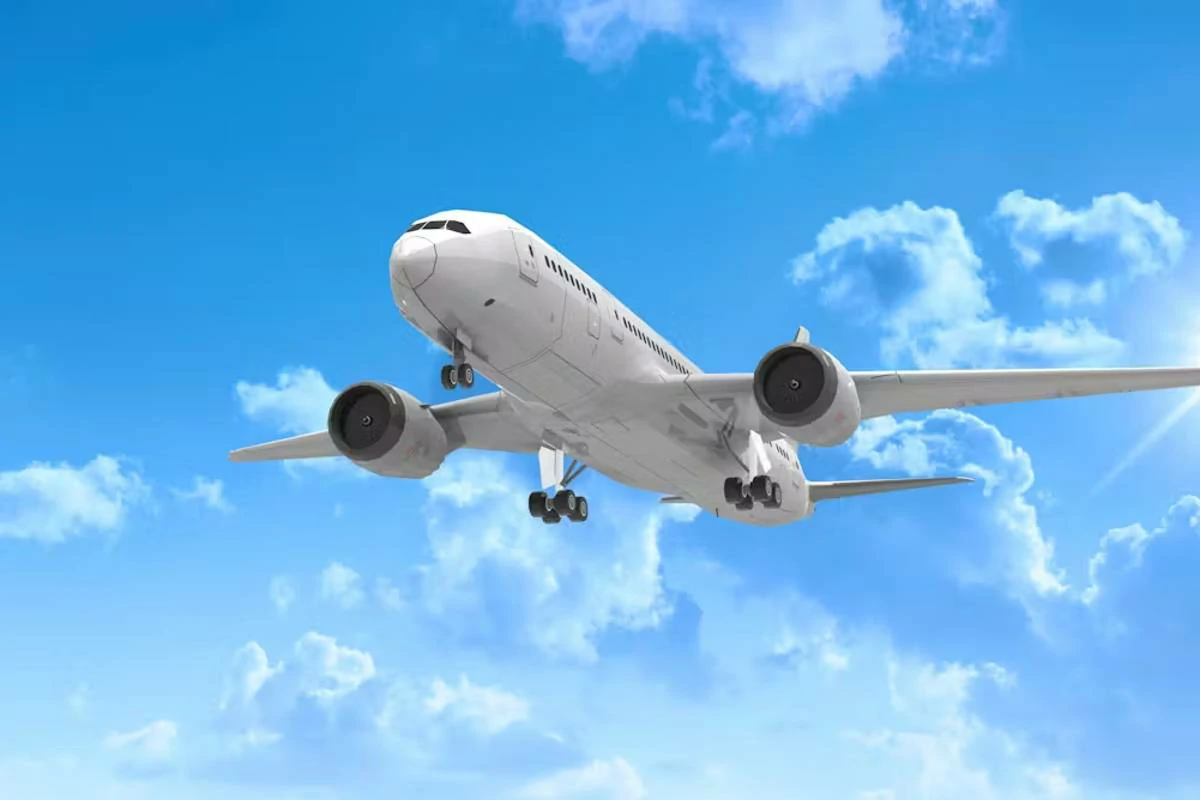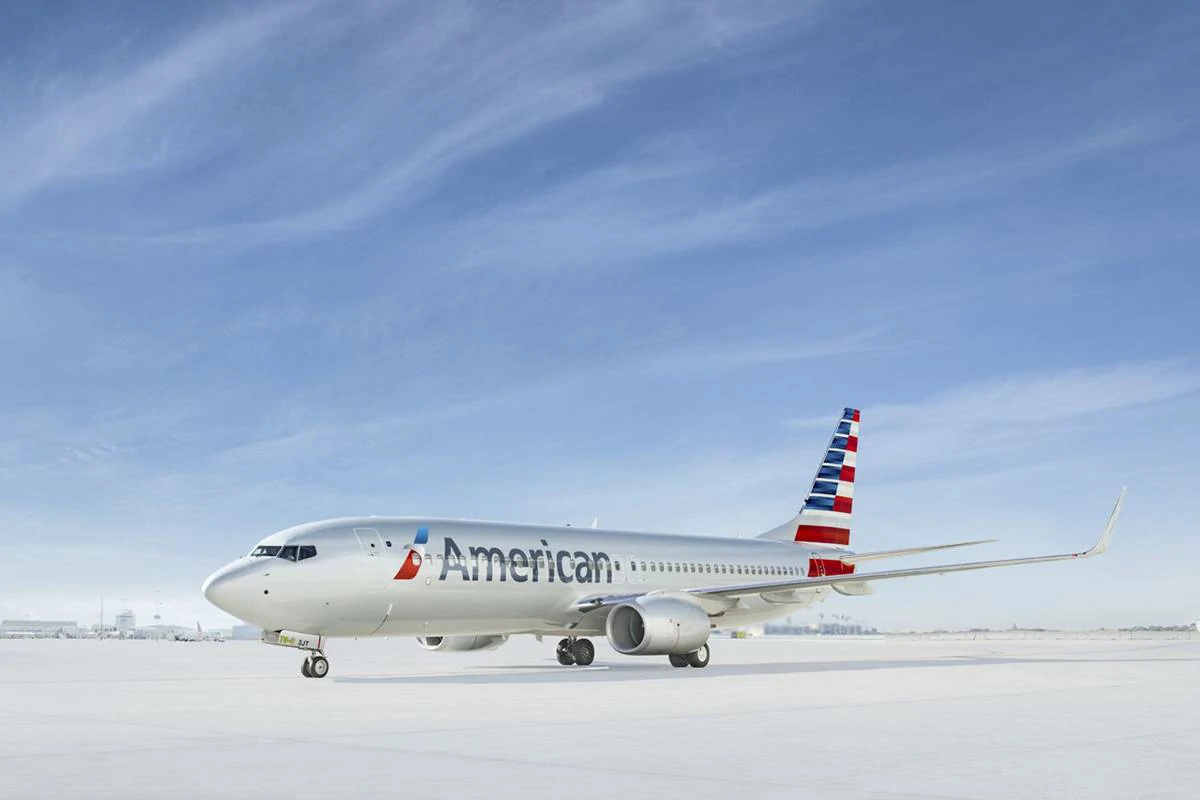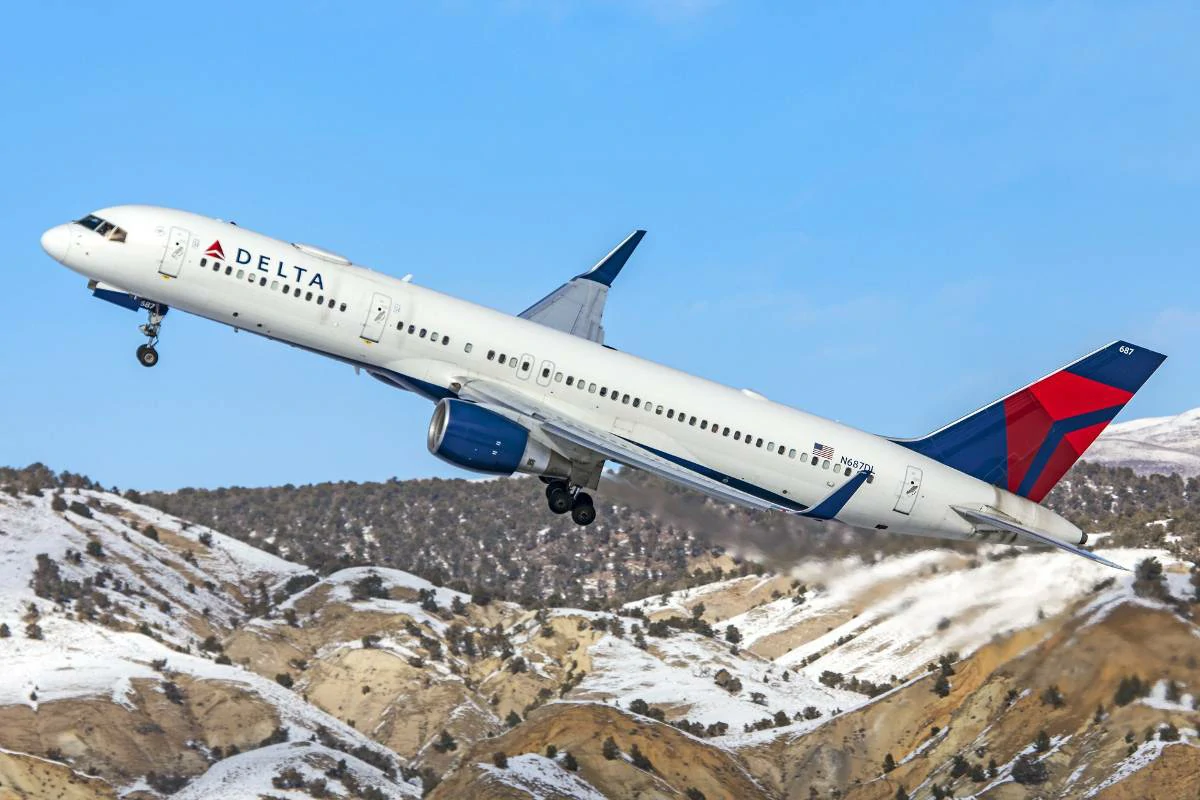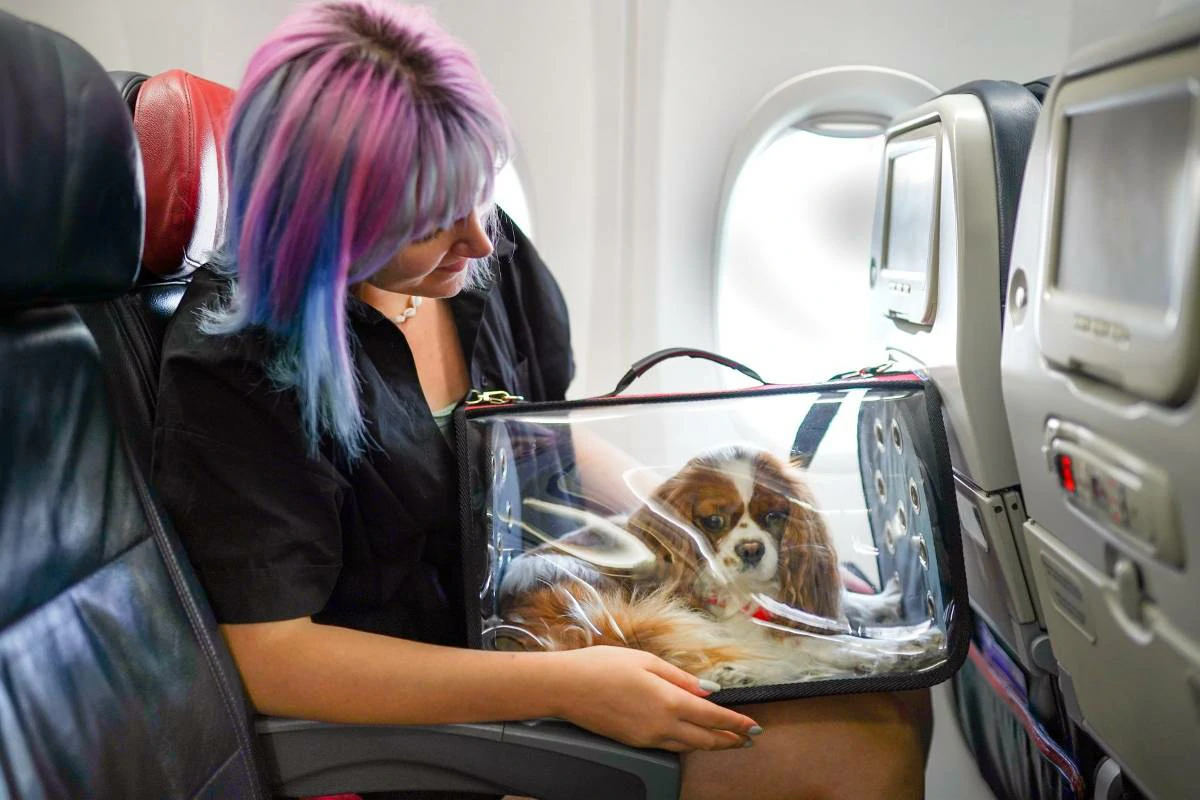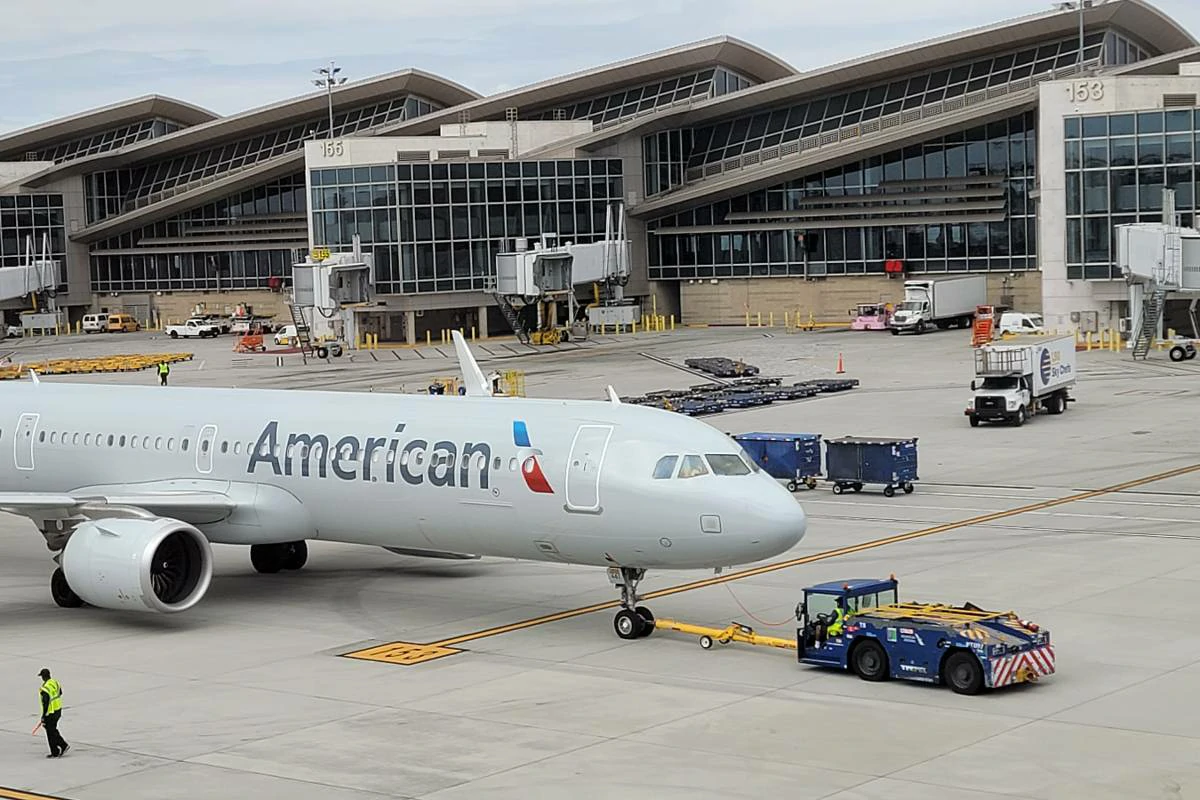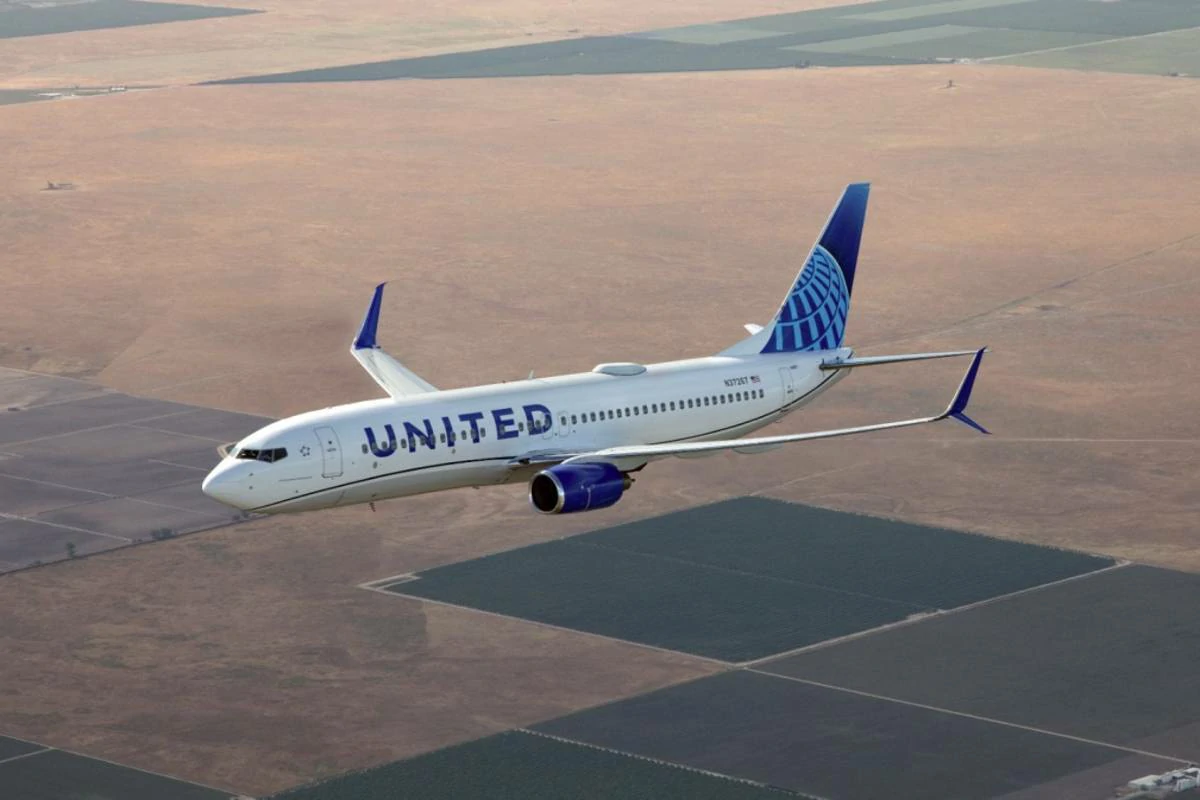Why Airplanes Are Almost Always Painted White? Answer is – Airplanes are predominantly painted white for several practical reasons. White reflects sunlight, which helps keep the interior of the plane cooler and reduces the risk of heat damage to sensitive components. This is crucial, as planes are exposed to intense sunlight both on the ground and at high altitudes. Additionally, white paint is easier to inspect for cracks or damage, ensuring the safety of the aircraft. The reflective nature of white also makes planes more visible to birds, potentially reducing the risk of bird strikes.
Summary
- Thermal Management: White paint helps reflect sunlight and keep the aircraft’s interior cool.
- Maintenance and Safety: White surfaces make it easier to detect damage or wear and tear.
- Bird Strike Prevention: The visibility of white planes may help birds avoid collisions.
- Cost Efficiency: White paint is relatively inexpensive and easy to maintain.
- Exceptions to the Rule: Some airlines use unique liveries for branding purposes.
Why Airplanes Are Almost Always Painted White?
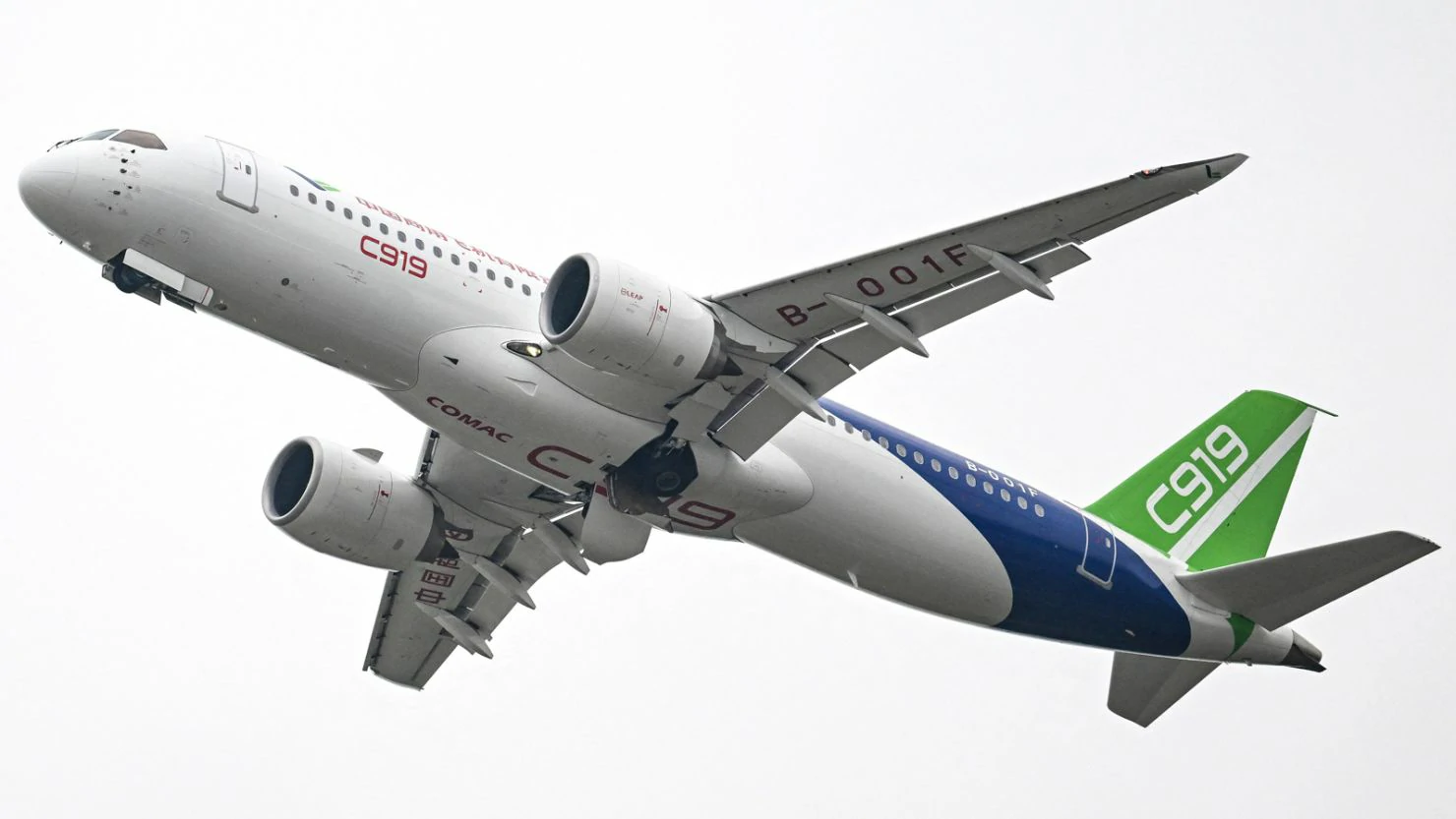
A sea of white stretches across the tarmac at any major airport, with the occasional splash of color from airline logos and tail designs. The prevalence of white paint on commercial aircraft is so ubiquitous that it’s easy to overlook its significance.
However, this seemingly mundane choice is deeply rooted in both historical tradition and practical considerations, offering a range of benefits that extend beyond mere aesthetics.
The Prevalence of White Airplanes
Today, an estimated 90% of commercial airplanes are painted white. This statistic underscores the widespread adoption of white as the industry standard, a trend that has persisted for decades.
While some airlines experiment with colorful liveries to enhance their brand identity, the vast majority of aircraft still sport a pristine white exterior. This uniformity raises questions about the reasons behind this preference and the advantages it confers.
Historical Context of Aircraft Painting
The history of aircraft painting dates back to the early days of aviation, when fabric-covered planes were often left unpainted or adorned with simple designs.
As technology advanced and metal construction became the norm, paint was primarily used for protective purposes. It shielded the aircraft’s surface from corrosion and the elements, ensuring its structural integrity and longevity.
In the 1930s, airlines began to recognize the potential of paint for branding and marketing. They started experimenting with colorful schemes and logos, transforming their planes into flying billboards.
However, the advent of World War II brought a shift in priorities. Military aircraft were often painted in camouflage patterns for concealment, while civilian aircraft were painted white to enhance visibility and aid in identification.
After the war, the trend of white airplanes continued, driven by practical considerations and cost-effectiveness. White paint proved to be more durable than other colors, requiring less frequent repainting.
It also helped reflect sunlight, reducing heat buildup and minimizing the risk of damage to sensitive components.
As the aviation industry expanded and commercial air travel became more accessible, the advantages of white paint became increasingly apparent, leading to its widespread adoption.
John Hansman Expert Opinion
According to John Hansman, a professor of aeronautics and astronautics at the Massachusetts Institute of Technology (MIT), “The primary reason for painting airplanes white is to reflect sunlight and reduce heat absorption. This is important for both passenger comfort and the longevity of the aircraft’s materials.”
Thermal Management
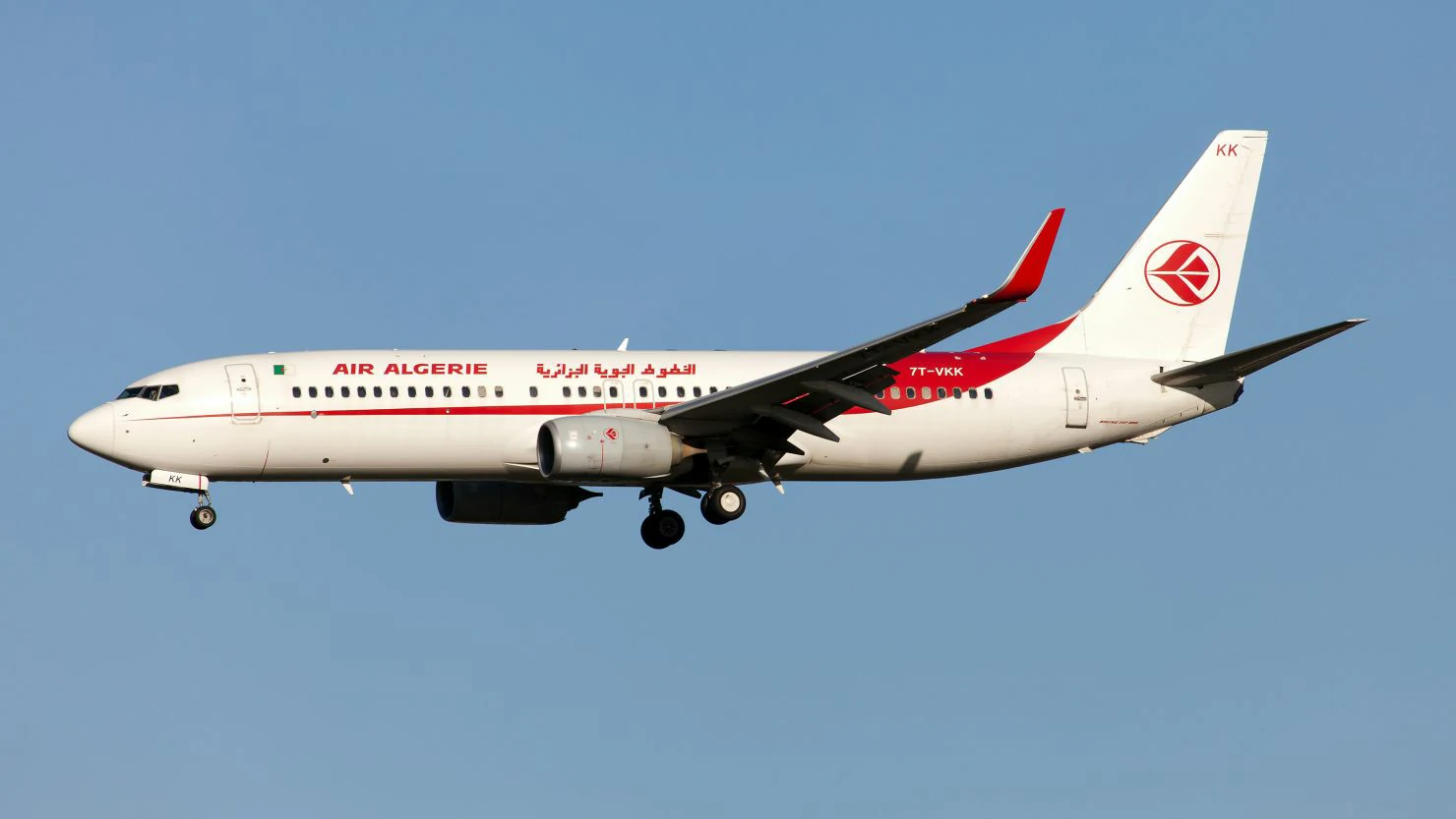
The relentless heat of the sun poses a significant challenge for aircraft, both on the ground and at cruising altitude.
White paint plays a crucial role in mitigating this thermal stress, thanks to its remarkable ability to reflect sunlight and minimize heat absorption.
This phenomenon, known as the albedo effect, is a cornerstone of thermal management in aviation.
1. The Science of Heat Reflection
The albedo of a surface refers to its reflectivity, or the proportion of incident sunlight that it bounces back. White surfaces have a high albedo, typically reflecting 80% or more of the incoming solar radiation.
This means that only a small fraction of the sunlight’s energy is absorbed, significantly reducing the amount of heat transferred to the aircraft.
In contrast, darker colors have a lower albedo, absorbing a larger proportion of sunlight and converting it into heat. This can lead to a substantial increase in surface temperature, potentially affecting the aircraft’s structural integrity, fuel efficiency, and passenger comfort.
2. Impact on Cabin Temperature and Fuel Efficiency
The thermal benefits of white paint extend to the aircraft’s interior. By reflecting sunlight, white paint helps keep the cabin cooler, reducing the need for air conditioning and enhancing passenger comfort.
This is particularly important during ground operations in hot climates, where the interior of a dark-colored aircraft can quickly become uncomfortably warm.
Furthermore, the reduced need for air conditioning translates into lower fuel consumption. Air conditioning systems are energy-intensive, and their operation can significantly impact an aircraft’s overall fuel efficiency.
By minimizing the demand for cooling, white paint contributes to a more sustainable and cost-effective operation.
3. Comparison with Darker Colors
To illustrate the impact of color on heat absorption, consider a study conducted by researchers at Purdue University. They found that the surface temperature of a black car parked in the sun could be up to 20°C (36°F) higher than that of a white car under the same conditions.
This dramatic difference highlights the importance of color choice for thermal management, especially in environments with intense solar radiation.
While the exact temperature difference for airplanes may vary depending on factors such as the type of paint, the aircraft’s construction, and the ambient conditions, the principle remains the same.
White paint consistently outperforms darker colors in terms of heat reflection, offering a tangible advantage in thermal management.
Dr. R. John Hansman Expert Opinion
According to Dr. R. John Hansman, a professor of aeronautics and astronautics at the Massachusetts Institute of Technology (MIT), “The use of white paint on airplanes is not just about aesthetics; it’s a practical decision based on sound engineering principles. By reflecting sunlight and minimizing heat absorption, white paint helps maintain a comfortable cabin environment, reduces the risk of heat damage to sensitive components, and improves fuel efficiency.”
Maintenance and Safety
The pristine white exterior of most commercial airplanes serves as more than just a canvas for airline branding. It acts as a vigilant guardian, aiding in the crucial tasks of maintenance and ensuring the safety of the aircraft and its passengers.
The bright, uniform surface of white paint provides a stark contrast against which damage, corrosion, or leaks can be easily detected. This simplifies inspections and allows for timely repairs, ultimately enhancing the reliability and longevity of the aircraft.
1. Ease of Inspection for Damage
White paint serves as an ideal backdrop for visual inspections. Any cracks, dents, or other forms of damage stand out prominently against the white surface, making them easy to spot even from a distance.
This is particularly important for areas prone to stress, such as the wings, fuselage, and engine nacelles, where even minor flaws can have significant consequences. Regular inspections of the paintwork allow maintenance crews to identify and address potential problems before they escalate into major safety hazards.
Furthermore, white paint facilitates the use of non-destructive testing (NDT) techniques, such as eddy current testing and ultrasonic testing.
These methods rely on the interaction of electromagnetic waves or sound waves with the aircraft’s surface to detect subsurface flaws or defects. The uniform reflectivity of white paint ensures consistent results, enhancing the accuracy and reliability of NDT inspections.
2. Early Detection of Corrosion or Leaks
Corrosion is a constant threat to aircraft, particularly those operating in harsh environments with exposure to saltwater or de-icing chemicals.
White paint acts as a protective barrier against corrosion, slowing down its progress and providing an early warning system. Any signs of corrosion, such as rust stains or discoloration, are readily visible against the white background, allowing for prompt intervention and repairs.
Similarly, white paint can help detect leaks in fuel tanks, hydraulic systems, or other fluid-carrying components. A stain or discoloration on the white surface could indicate a leak, prompting immediate investigation and corrective action. Early detection of leaks is crucial for preventing accidents and ensuring the safe operation of the aircraft.
3. Importance of Regular Maintenance
The ease of inspection and early detection of problems afforded by white paint underscores the importance of regular maintenance. Airlines adhere to strict maintenance schedules mandated by regulatory authorities, which include thorough inspections of the aircraft’s exterior.
These inspections often involve visual checks, as well as more sophisticated techniques like NDT, to identify any signs of wear and tear, corrosion, or damage.
By maintaining a pristine white exterior, airlines can simplify and streamline their maintenance procedures. This not only saves time and resources but also ensures that any potential issues are identified and addressed promptly, enhancing the safety and reliability of the aircraft.
Sarah MacLeod Expert Opinion
According to Sarah MacLeod, an aircraft maintenance engineer with over 20 years of experience, “White paint is an invaluable asset in aircraft maintenance. It makes it so much easier to spot any damage, corrosion, or leaks, allowing us to take proactive measures to keep the aircraft in top condition. It’s a simple solution that has a profound impact on safety.”
Bird Strike Prevention
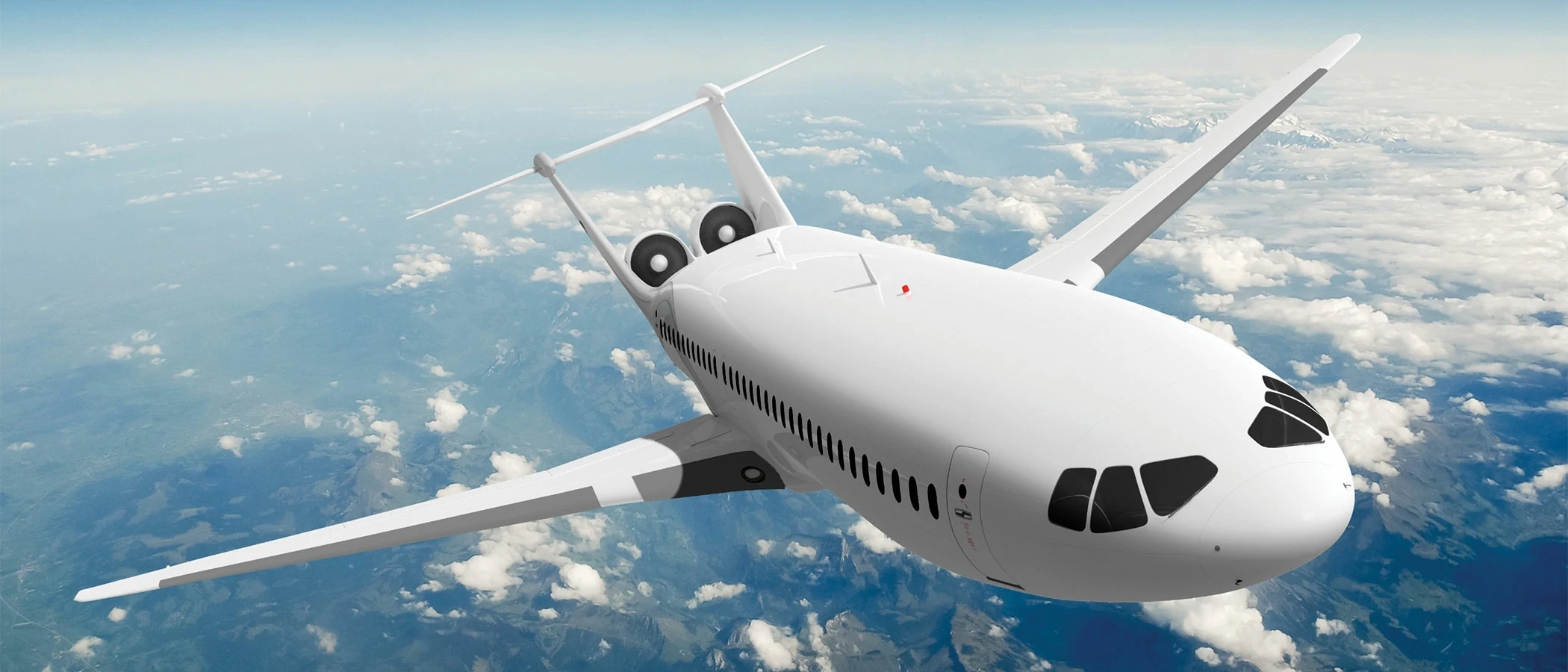
The risk of bird strikes is a significant concern for aviation safety. Collisions between birds and aircraft can cause substantial damage, leading to costly repairs and, in severe cases, even catastrophic accidents.
The white paint on airplanes, while not a foolproof solution, plays a role in mitigating this risk by enhancing the aircraft’s visibility against the backdrop of the sky.
1. Visibility and Contrast with the Sky
White is a highly visible color, especially against the blue or grey hues of the sky. This contrast makes it easier for birds to perceive the approaching aircraft and take evasive action.
Studies have shown that birds have a better chance of detecting and avoiding white objects compared to darker ones. This is particularly important during takeoff and landing, when birds are more likely to be present in the vicinity of airports.
Furthermore, the large size and relatively slow movement of commercial aircraft make them vulnerable to bird strikes. The white paint helps to compensate for these factors by increasing the aircraft’s visual prominence, giving birds more time to react and alter their flight path.
2. The Role of Aircraft Lighting
While white paint contributes to visibility during daylight hours, aircraft lighting plays a crucial role in enhancing visibility at night or in low-light conditions.
Commercial aircraft are equipped with various types of lights, including strobe lights, landing lights, and navigation lights. These lights emit bright flashes or steady beams, further increasing the aircraft’s visibility to birds and other pilots.
The combination of white paint and aircraft lighting creates a multi-layered approach to bird strike prevention, maximizing the chances of early detection and avoidance.
3. Research on Bird Strike Reduction
Research on bird strike prevention is an ongoing effort, with various strategies being explored and implemented. Some airlines have experimented with painting the wingtips or engines of their aircraft in bright colors to create additional visual cues for birds.
Others have investigated the use of acoustic deterrents, such as bird distress calls, to scare birds away from airports and flight paths.
While the effectiveness of these alternative measures is still being evaluated, the use of white paint remains a fundamental aspect of bird strike prevention.
Its proven ability to enhance visibility and contrast with the sky makes it a valuable tool in the ongoing quest to minimize the risk of collisions between birds and aircraft.
Richard Dolbeer Expert Opinion
Richard Dolbeer, a retired wildlife biologist with the U.S. Department of Agriculture and a leading expert on bird strikes, has stated, “The use of white paint on aircraft is a simple but effective way to increase their visibility to birds. It’s one of several strategies that can be employed to reduce the risk of bird strikes, but it’s a fundamental one that shouldn’t be overlooked.”
Cost Efficiency
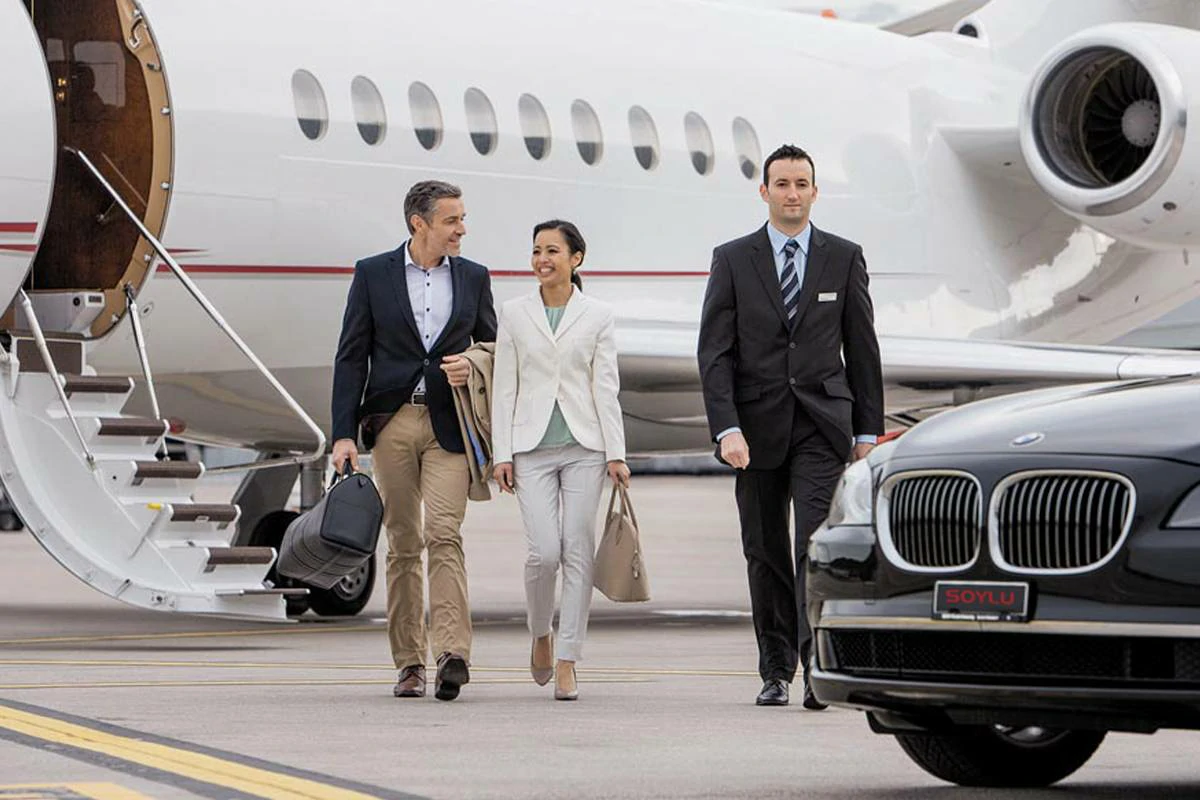
The choice of white paint for airplanes extends beyond mere practicality and safety considerations. It also offers significant financial advantages for airlines, contributing to their bottom line and ultimately benefiting passengers through potentially lower fares.
1. Cost of Paint and Repainting
White paint is notably more affordable than other colors due to its widespread availability and simpler pigmentation process. Airlines typically purchase paint in bulk, further reducing costs.
Moreover, white paint tends to fade less over time compared to darker colors, which are more susceptible to the deteriorating effects of ultraviolet (UV) radiation. This translates to less frequent repainting, saving airlines both time and money.
2. Weight Considerations and Fuel Consumption
Every additional ounce of weight on an aircraft translates to increased fuel consumption. While the weight difference between white and colored paint may seem negligible, it can accumulate significantly across a large fleet.
A Boeing 747, for instance, requires over 450 kilograms (1,000 pounds) of paint for a full coating. Opting for white paint can shave off a few pounds, contributing to marginal yet cumulative fuel savings over time.
In an industry where fuel costs are a major expense, even minor reductions can have a substantial impact on an airline’s profitability.
3. Long-Term Savings with White Paint
The cumulative cost savings associated with white paint are considerable. Less frequent repainting, reduced fuel consumption, and lower maintenance costs due to easier damage detection all contribute to significant long-term savings for airlines.
These savings can then be passed on to passengers in the form of lower fares or invested in improving other aspects of the flying experience.
Robert C. Expert Opinion
According to Robert C. “Bud” Anderson, a retired United States Air Force (USAF) colonel and triple ace fighter pilot with extensive experience in aircraft maintenance, “The choice of white paint for aircraft is not merely a matter of aesthetics. It’s a strategic decision that has tangible financial benefits for airlines. The cost savings associated with white paint are substantial and can significantly impact an airline’s profitability.”
Exceptions to the Rule
While white remains the dominant color for airplanes, there are notable exceptions where airlines have opted for bolder and more vibrant liveries. These exceptions often serve the purpose of brand differentiation, cultural representation, or commemorating special events.
1. Airline Branding and Liveries
Some airlines have embraced colorful liveries as a way to stand out in a crowded market and reinforce their brand identity.
For instance, All Nippon Airways (ANA) is known for its iconic blue livery, which features a stylized globe and the airline’s name in bold lettering.
Similarly, Southwest Airlines’ vibrant livery, with its red, blue, and yellow accents, reflects the airline’s playful and energetic personality.
2. Special Paint Schemes for Specific Purposes
Airlines may also adopt special paint schemes to mark significant events or promote specific causes. For example, several airlines have painted their aircraft in pink to raise awareness for breast cancer research.
Others have created unique liveries to celebrate national holidays or cultural festivals. These special paint schemes not only generate publicity but also allow airlines to connect with their passengers on a deeper level.
3. Balancing Aesthetics with Practicality
While colorful liveries can be visually appealing and effective for branding, airlines must carefully weigh the aesthetic benefits against the practical considerations associated with white paint.
Darker colors may require more frequent repainting and could potentially increase fuel consumption due to their higher weight.
Airlines must strike a balance between aesthetics and practicality to ensure that their livery choices align with their overall operational goals.
Conclusion
The widespread use of white paint on commercial airplanes is not a mere coincidence or aesthetic preference. It’s a strategic choice rooted in a multitude of benefits that span across various aspects of aviation.
From the physics of heat reflection and the intricacies of aircraft maintenance to the critical issue of bird strike prevention and the economic realities of airline operations, white paint proves its worth time and again.
While a splash of color may occasionally grace the fuselage of an aircraft for branding or commemorative purposes, the enduring dominance of white reflects its practicality, efficiency, and contribution to a safer and more sustainable aviation industry.
As technology continues to evolve, the future of aircraft painting may witness the emergence of innovative materials and coatings, but the fundamental advantages of white paint are likely to keep it a mainstay in the skies for years to come.
FAQs
Q: Are all airplanes painted white?
While the vast majority of commercial airplanes are white, there are exceptions. Some airlines use colorful liveries for branding purposes or to commemorate special events. However, even these airlines often incorporate white into their designs, recognizing its practical benefits.
Q: Does white paint really make a difference in fuel efficiency?
Yes, albeit a small one. White paint is lighter than darker colors, which can translate to marginal fuel savings over time, especially for large fleets. Additionally, white paint reduces the need for air conditioning, further contributing to fuel efficiency.
Q: Is white paint more durable than other colors?
Yes, white paint tends to be more resistant to fading and UV damage compared to darker colors, requiring less frequent repainting. This durability contributes to its cost-effectiveness for airlines.
Q: Are there any disadvantages to using white paint on airplanes?
The main disadvantage is the lack of visual distinctiveness for branding purposes. Some airlines overcome this by incorporating colorful logos and designs on a predominantly white background.
Resources
